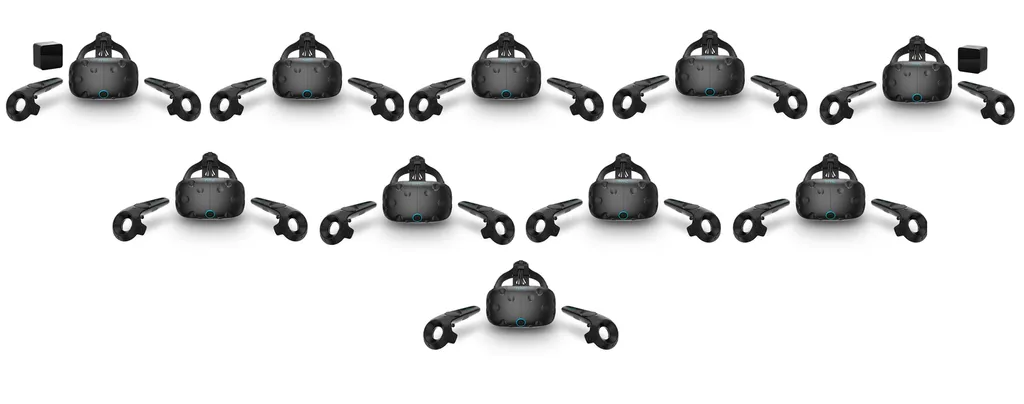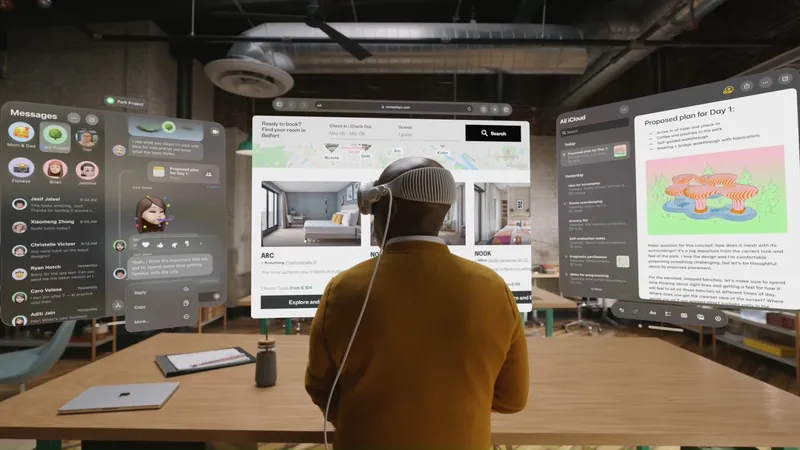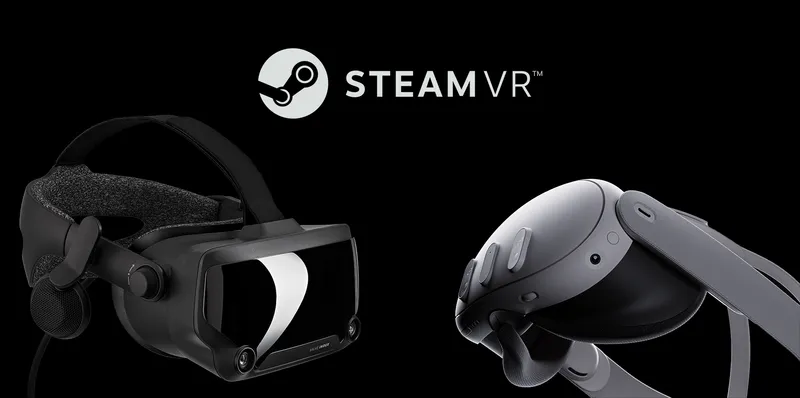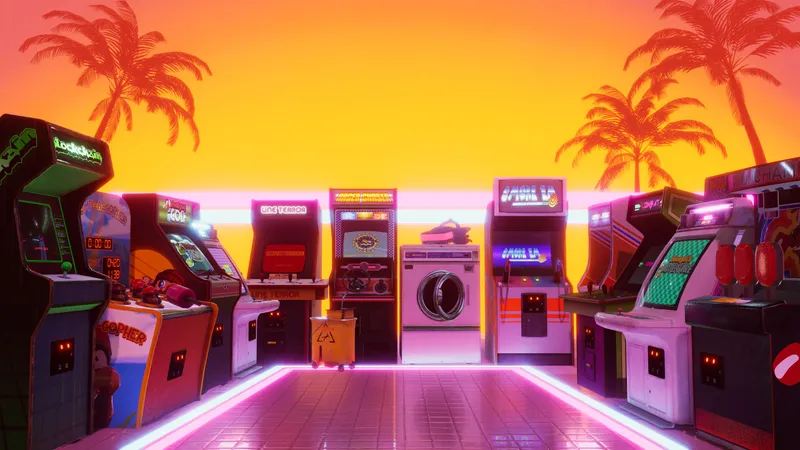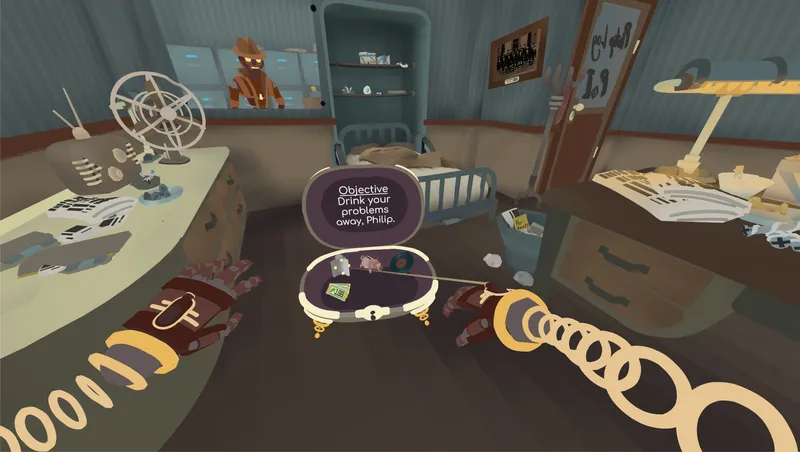This week HTC dropped the price of its Vive PC VR system by $200, bringing it much closer to that of its chief competitor the Oculus Rift.
$600 for Vive is precisely the price I called for in a recent editorial, making it competitive with the Rift again. However, the decrease comes absent a critical update to the hardware I’m hoping to see sometime in 2018. This update might not just lower the cost of the overall system but it should allow for more robust setups and a better experience overall.
Any readers who are new to VR hardware or even gaming in general probably aren’t aware that the critical tracking technology deployed in the Vive is owned by Valve Software, the company behind a collection of well-loved video games including Half-Life, Dota and Portal. It is also the company behind the Steam store, which is the leading distribution platform for PC video games.
This tracking technology from Valve is due for a major upgrade that could arrive, at least for developers, as early as November. It is unclear if or when HTC plans to adopt this new technology.
Valve’s tracking technology is already pretty slick — you place or mount two “lighthouse” boxes in your room and suddenly the headset, controllers and even accessories can be tracked with pinpoint accuracy. Tracking is critical for creating a sense of presence in a virtual world. By tracking the headset and controllers in each hand your brain can become convinced your head and hands are actually there in another place.
This Valve tech is already better than the Oculus Rift’s because it doesn’t need to be plugged into the computer to operate. As a result it is way more convenient. The new 2.0 version of Valve’s SteamVR Tracking may increase your sense of presence dramatically though.
First, 2.0 tracking could allow you to have more than two of these boxes in your room. These additional boxes could be used to increase the size of the tracked space so you stay immersed in a virtual world for longer without finding the edge and being reminded that it isn’t real.

Second, HTC is also preparing to release Vive Trackers, which can be attached to your feet, hips or to accessories to bring additional stuff into VR. For example, many VR developers only show your head or your hands in a virtual world — you might look like a ghostly head or a robot — because those are the only things that are tracked. If the developer tried to represent more of you with current technology they’d get it wrong and it would feel weird. Imagine looking in the mirror and seeing an arm bending backward even though you know that’s not the way your arm looks. The risk is that as you bring these additional parts into a virtual world you increase the chances that an odd position or occasional movement could cause a tracking loss, with the boxes no longer able to see a Tracker attached to your foot. Right now when these boxes are arranged properly losing tracking isn’t common, but not everyone sets them up right or has the perfect space to allow for ideal mounting. Installing additional tracking boxes might allow people to set up the system in a less than optimal way and still never lose tracking.
I wouldn’t recommend people skip the HTC Vive just because this upgraded tracking technology hasn’t arrived. It is the law of consumer electronics that as soon as you buy something it is outdated. There is always something better right around the corner. Additionally, let me be clear that the Vive is awesome as is offering robust room-scale VR, and at $600 there has never been a better time to get one. It is just that with the prospect of this tracking upgrade potentially arriving in 2018, combined with other advances next year, the result is likely a profound difference. We can expect less expensive PCs to run VR along with wireless accessories that will get rid of the annoying tether that’s a constant reminder of the real world while wearing a Vive. Plus, there’s the prospect of improved controllers arriving that are also in development at Valve. Add all that to the fact that these 2.0 Tracking boxes will be less expensive to make compared with the current generation, and you are faced with the reality than in 2018 $600 will let you go deeper into a virtual world and stay there for much longer than in 2017. If money is tight, this is definitely something to consider.
I’m not saying don’t buy a Vive or even an Oculus Rift right now. Every person that buys one of these headsets is another person that can buy software and help the industry on its way to self-sufficiency, which is great for creators. I just want to make sure everyone is aware of what is likely coming next year and why it matters.
As a sidenote, we confirmed recently that LG is still working on its SteamVR-based headset featuring a flip-up style screen that will also complicate buying decisions when it arrives.
Update: HTC spokesman Troy Edwards offered some thoughtful tweets in response to this editorial:
Ian, you’re missing the point big time on 2.0. The people that care are businesses and warehouses that can use larger tracking space.
— Troy Edwards (@TroyEdwards) August 21, 2017
There’s a contingent of of Vive customers today that don’t take advantage of our current max size of play space due to home / apartment size
— Troy Edwards (@TroyEdwards) August 21, 2017
Obviously we are working on a roadmap for 2.0 as it relates to Vive Trackers. We’ll take care of customers.
— Troy Edwards (@TroyEdwards) August 21, 2017
And in response to a question about whether a 2.0-based Vive might sell at a tier above the current system, Edwards responded:
Unknown at this point.
— Troy Edwards (@TroyEdwards) August 21, 2017

